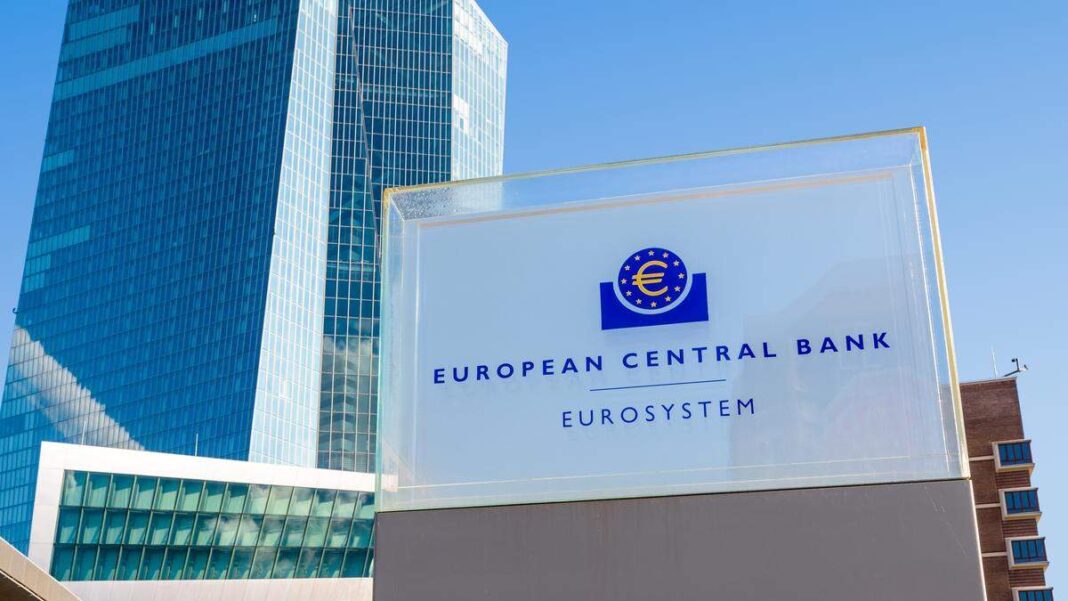The European Central Bank (ECB) has once again made headlines with a 0.25 percentage point reduction in the deposit rate, bringing it down to 3%. This move, aimed at influencing credit conditions in the economy, comes amidst a backdrop of ongoing disinflation and a slower-than-expected economic recovery, as noted by the 25 members of the Governing Council led by Christine Lagarde.
In a series of consecutive rate cuts, the ECB has been actively working to lower borrowing costs for households and businesses, following a period of stringent monetary policy adjustments in response to high inflation driven by the Ukraine war and the post-Covid economic rebound.
### The Story So Far: A Financial Rollercoaster
As the ECB navigates through economic uncertainties, the recent rate cuts reflect a cautious approach towards addressing declining growth and rapidly falling inflation rates. The latest economic forecasts released by the ECB have reinforced the decisions made, with downward revisions in growth projections for 2024 to 2026 and inflation estimates for 2024 and 2025.
### A Closer Look at the Economic Landscape
While the timeline for additional rate cuts remains uncertain, the ECB has shifted its stance from maintaining “restrictive rates as long as necessary” to anticipating a gradual easing of monetary policy effects to support domestic demand. The expected recovery is projected to rely heavily on real wage increases, promising prospects for household spending, and increased business investments, according to the ECB.
### Navigating Political Turbulence
Against a backdrop of political upheavals in key Eurozone economies like Germany and France, which could potentially hamper growth, the ECB’s discussions have also factored in these challenges. With France currently facing economic vulnerabilities and a lack of budget for 2025, along with a 6.1% deficit this year, the situation remains precarious. In such scenarios, the ECB may resort to symbolic interventions, such as debt market interventions, to prevent any spillover effects to other countries.
### Conclusion
The ECB’s recent rate cuts and economic projections reflect a delicate balancing act between tackling disinflation and stimulating economic growth. As the Eurozone grapples with internal and external challenges, the path to recovery hinges on a complex interplay of monetary policy, political stability, and market dynamics.
#### Frequently Asked Questions
##### 1. How do ECB rate cuts impact the economy?
ECB rate cuts influence borrowing costs for households and businesses, aiming to stimulate spending and investment.
##### 2. What are the key factors driving the ECB’s monetary policy decisions?
The ECB considers inflation rates, economic growth projections, and external factors like political stability when making policy decisions.
##### 3. How do political crises in Eurozone countries affect the ECB’s strategies?
Political uncertainties can impact economic stability, prompting the ECB to take precautionary measures to mitigate potential risks.
##### 4. What role do wage increases play in the ECB’s economic forecasts?
Rising real wages are seen as a positive indicator for consumer spending and overall economic recovery in the Eurozone.
##### 5. What are the potential implications of France’s budget deficit on the Eurozone economy?
France’s budget deficit and economic vulnerabilities could pose challenges for the Eurozone’s economic stability, requiring coordinated efforts to address them.
##### 6. How does the ECB’s monetary policy impact cross-border financial contagion?
The ECB may intervene in debt markets to prevent financial contagion across Eurozone countries in the face of economic uncertainties.
##### 7. How do market participants react to ECB rate announcements?
Market participants closely monitor ECB rate decisions to gauge future economic conditions and adjust their investment strategies accordingly.
##### 8. What are the long-term effects of prolonged disinflation on the Eurozone economy?
Prolonged disinflation can dampen consumer demand, delay investments, and hinder overall economic growth in the Eurozone.
##### 9. How does the ECB communicate its policy shifts to stakeholders?
The ECB uses press releases, economic forecasts, and policy statements to communicate changes in monetary policy and economic outlook to stakeholders.
##### 10. What are the potential scenarios for future ECB rate adjustments?
Future rate adjustments by the ECB will depend on evolving economic conditions, inflation trends, and external factors impacting the Eurozone economy.
#### Tags: ECB, Eurozone, Monetary Policy, Economic Growth, Inflation, Political Stability, Financial Contagion.

